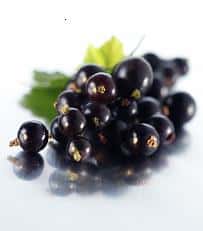A pepino melon is a type of fruit native to Peru; although it tastes and looks like a melon, it is not a true melon, as it grows on an evergreen shrub, rather than vine. Today, this fruit is grown in subtropical climates in other regions of the world, especially California and New Zealand, and as a result, they are readily available in many areas while they are in season. For people who live in subtropical zones, pepino melons can be grown from cuttings; this plant is technically a perennial, although harsh weather can damage the plant.
These fruits are also sometimes known as melon pears, tree melons, bush melons, and mellowfruits, referencing the parent bush. They have a distinctive teardrop shape and a yellow rind which is streaked with green and purple when ripe. The taste of a pepino melon tends to be very sweet and juicy, with a faintly floral aroma; many people compare them to cantaloupes and honeydews, two well-known melon varieties.
Benefits of Pepino
– Diabetes Diseases,
– Bone of melts
– Spleen Insufficiency (Tromoksin)
– Intestinal Cancer
– Gen Patient
– Stomach discomfort,
– Anemia patients,
– Hemophilia Patient
– The joint is good for rheumatism,
– Provides bone development in children,
– Reducing Cholesterol (statement by the patient is.)
– Those who have weight problems are more consumed.

